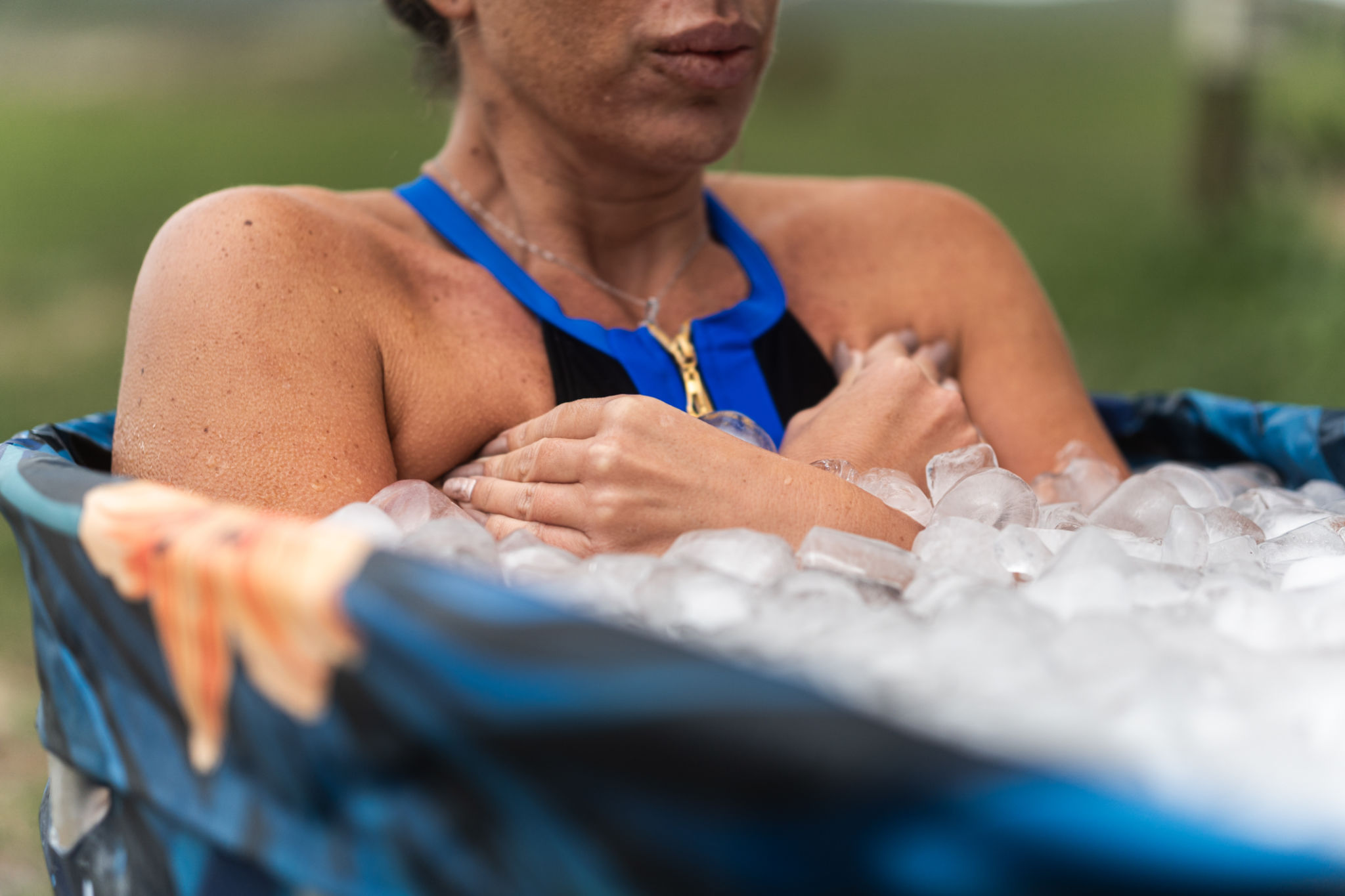Exploring the Science Behind Cryotherapy and Its Benefits
Understanding Cryotherapy
Cryotherapy, a term derived from the Greek words "cryo" meaning cold and "therapy" meaning cure, is a treatment method that uses extremely low temperatures to promote healing and wellness. It has gained popularity in recent years, not only in the medical field but also in wellness and beauty industries. By exposing the body to subzero temperatures, cryotherapy aims to trigger physiological responses that can benefit both physical and mental health.

The Science Behind Cryotherapy
The core principle of cryotherapy lies in its ability to induce a controlled cold exposure. When the body is subjected to cold temperatures, it reacts by constricting blood vessels to preserve core body temperature. This vasoconstriction is followed by vasodilation once the exposure ends, allowing oxygenated blood to rush back into the tissues, promoting healing and reducing inflammation.
Additionally, the cold exposure stimulates the production of endorphins, which are natural pain relievers and mood enhancers. This process can help alleviate pain and improve mental clarity, making cryotherapy a popular choice among athletes and individuals dealing with chronic pain or stress.
Benefits of Cryotherapy
Cryotherapy offers a wide range of benefits that attract individuals from various walks of life. One of the most notable advantages is its anti-inflammatory effects. By reducing inflammation, cryotherapy can assist in managing conditions like arthritis and other inflammatory disorders.

Athletes often turn to cryotherapy for its ability to speed up recovery. The cold treatment helps reduce muscle soreness and fatigue, allowing athletes to train harder and recover faster. Moreover, some studies suggest that cryotherapy can enhance athletic performance by improving muscle endurance and strength.
Cryotherapy for Mental Health
Aside from physical benefits, cryotherapy has been explored for its potential mental health advantages. The endorphin release triggered by cold exposure can lead to improved mood and reduced symptoms of anxiety and depression. Some individuals report feeling an immediate sense of euphoria after a cryotherapy session.
Furthermore, the cold exposure is thought to activate the autonomic nervous system, promoting relaxation and stress relief. For those struggling with mental health challenges, cryotherapy may offer a complementary approach to traditional therapies.

Skin and Beauty Benefits
Cryotherapy isn't just for athletes and those seeking relief from pain or mental stress; it has also made its way into the beauty industry. The cold treatment is believed to enhance collagen production, leading to firmer, more youthful-looking skin. It can also reduce the appearance of wrinkles and fine lines.
Additionally, cryotherapy can help improve circulation, resulting in a healthy glow. Many beauty enthusiasts turn to cryotherapy facials or treatments for these rejuvenating benefits, making it a popular choice in spas and skincare clinics.
Exploring Different Types of Cryotherapy
Cryotherapy comes in various forms, each offering unique benefits. Whole-body cryotherapy involves standing in a chamber that exposes the entire body to cold temperatures for a short period, usually two to three minutes. This type is often used for athletic recovery and overall wellness.
Localized cryotherapy, on the other hand, targets specific areas of the body using devices that deliver cold air directly to the skin. This method is particularly effective for treating localized pain or inflammation.
Cryofacials focus on the face and neck area, aiming to tighten skin and improve complexion using controlled cold exposure. Each type of cryotherapy offers distinct advantages depending on individual needs and goals.
